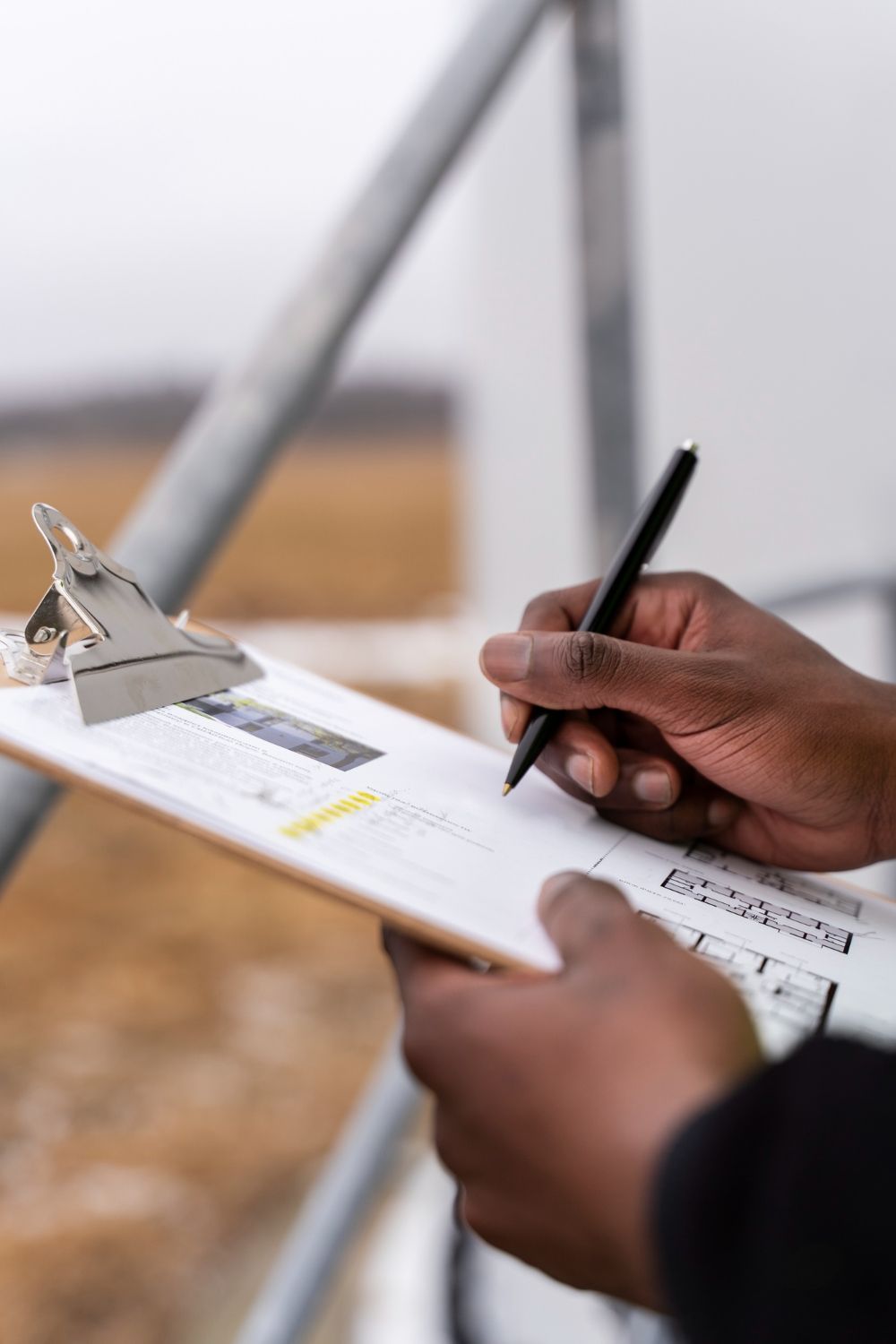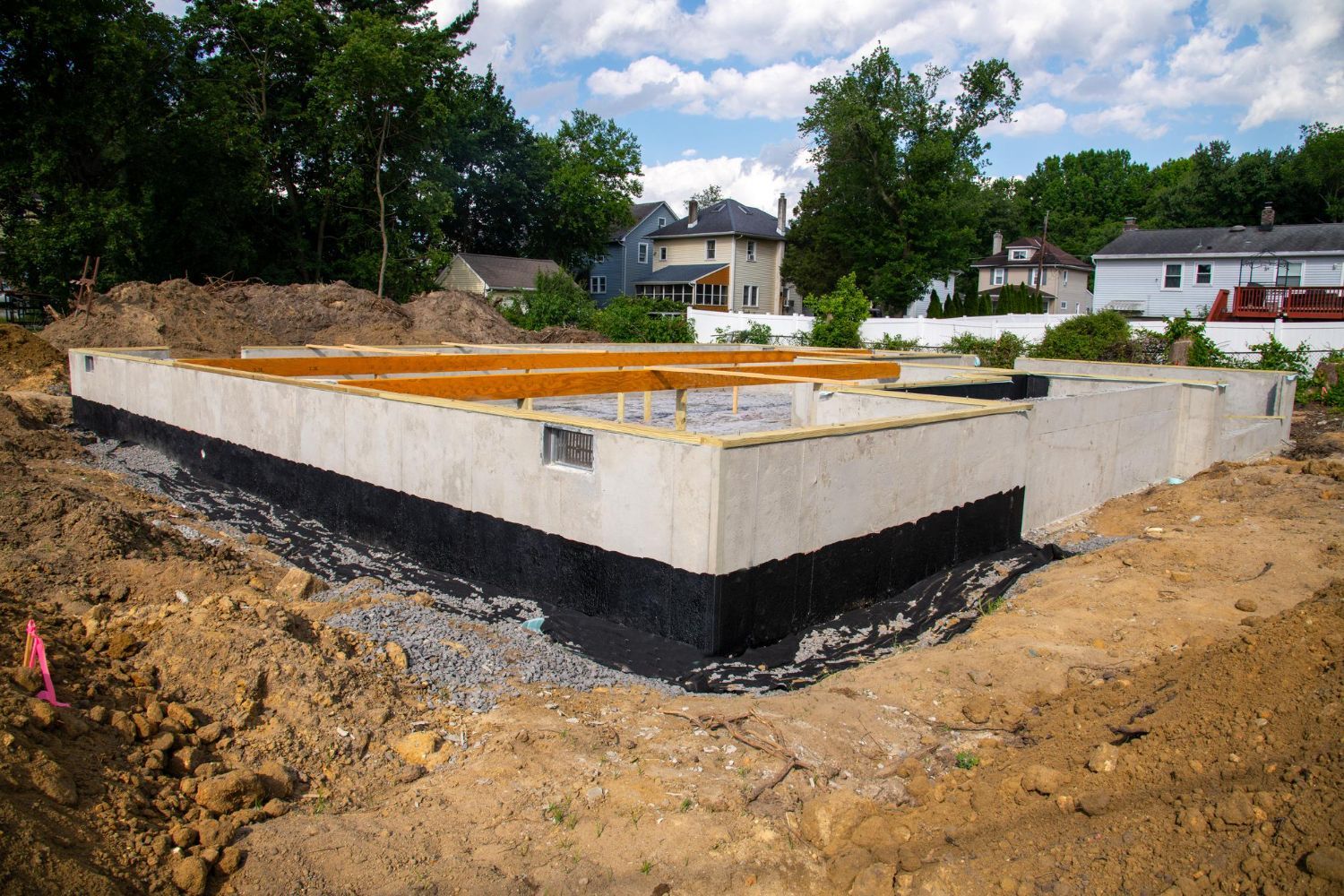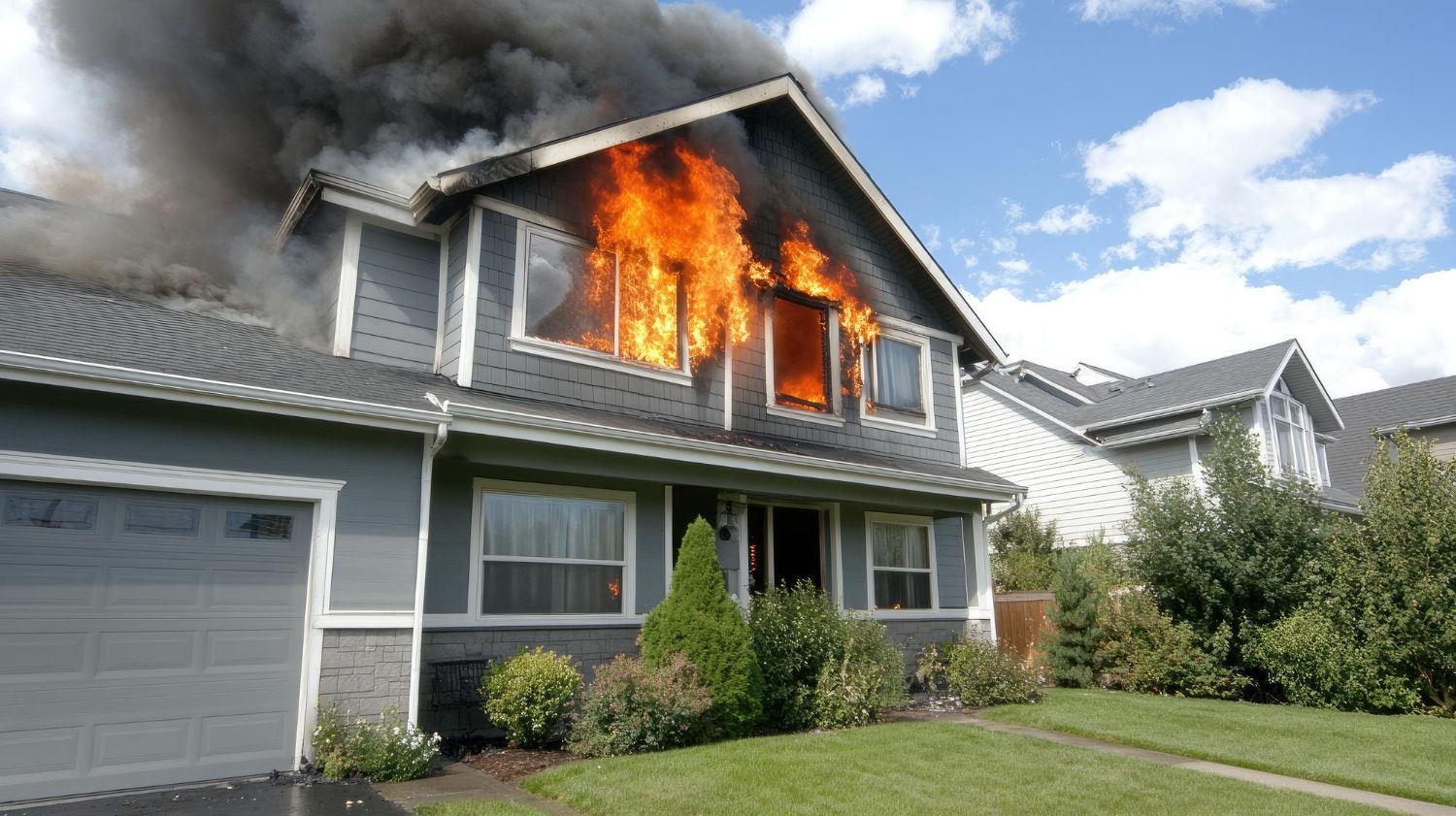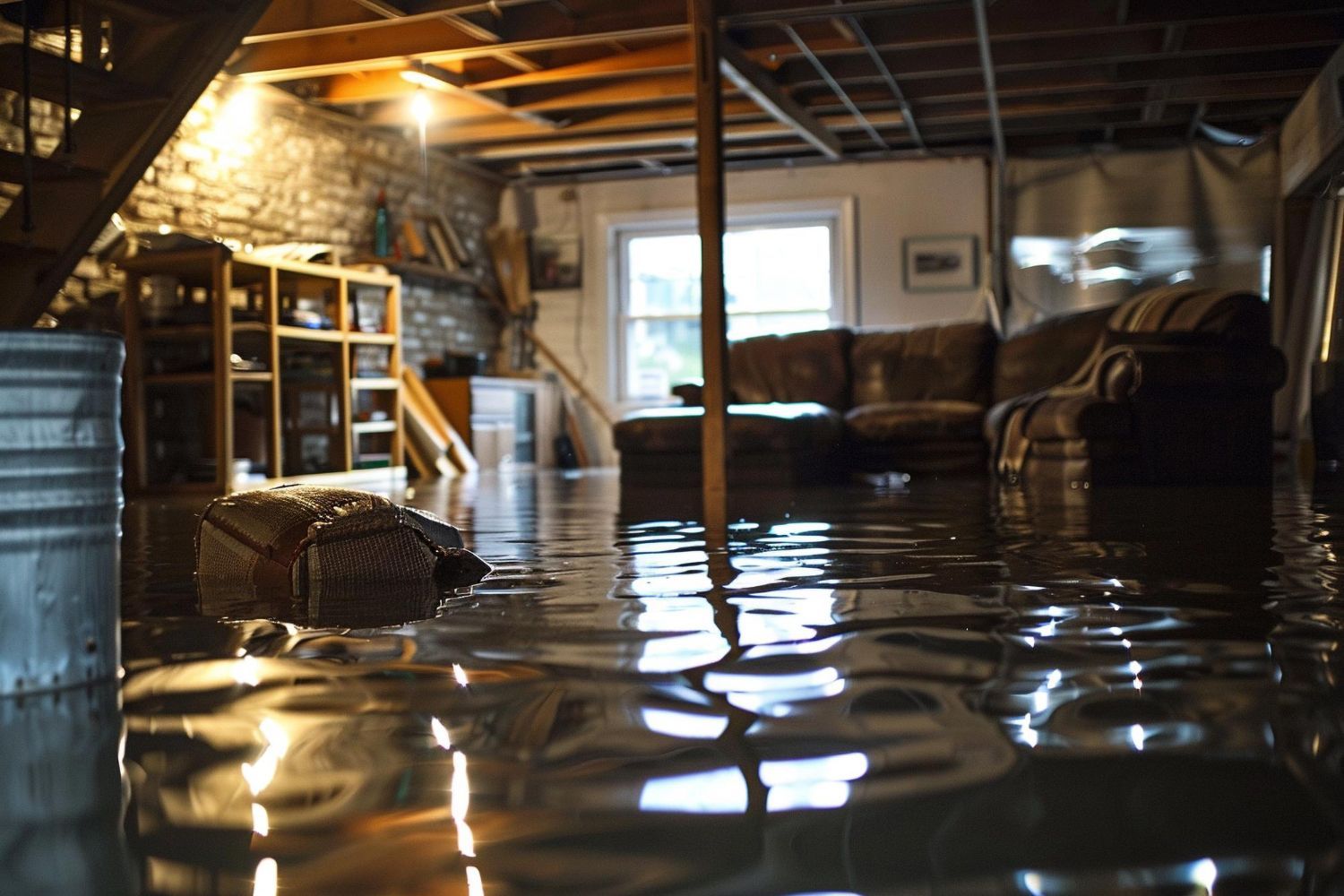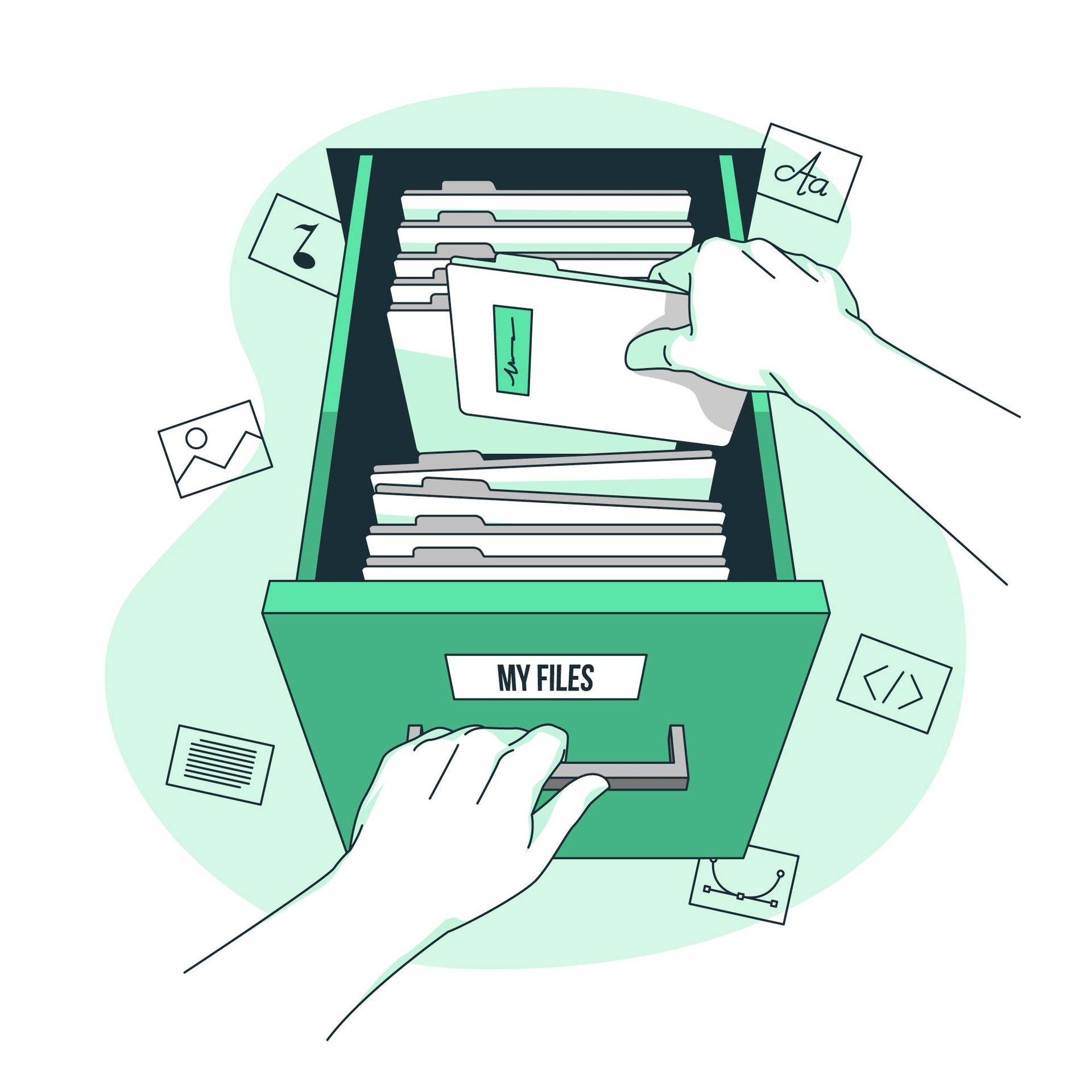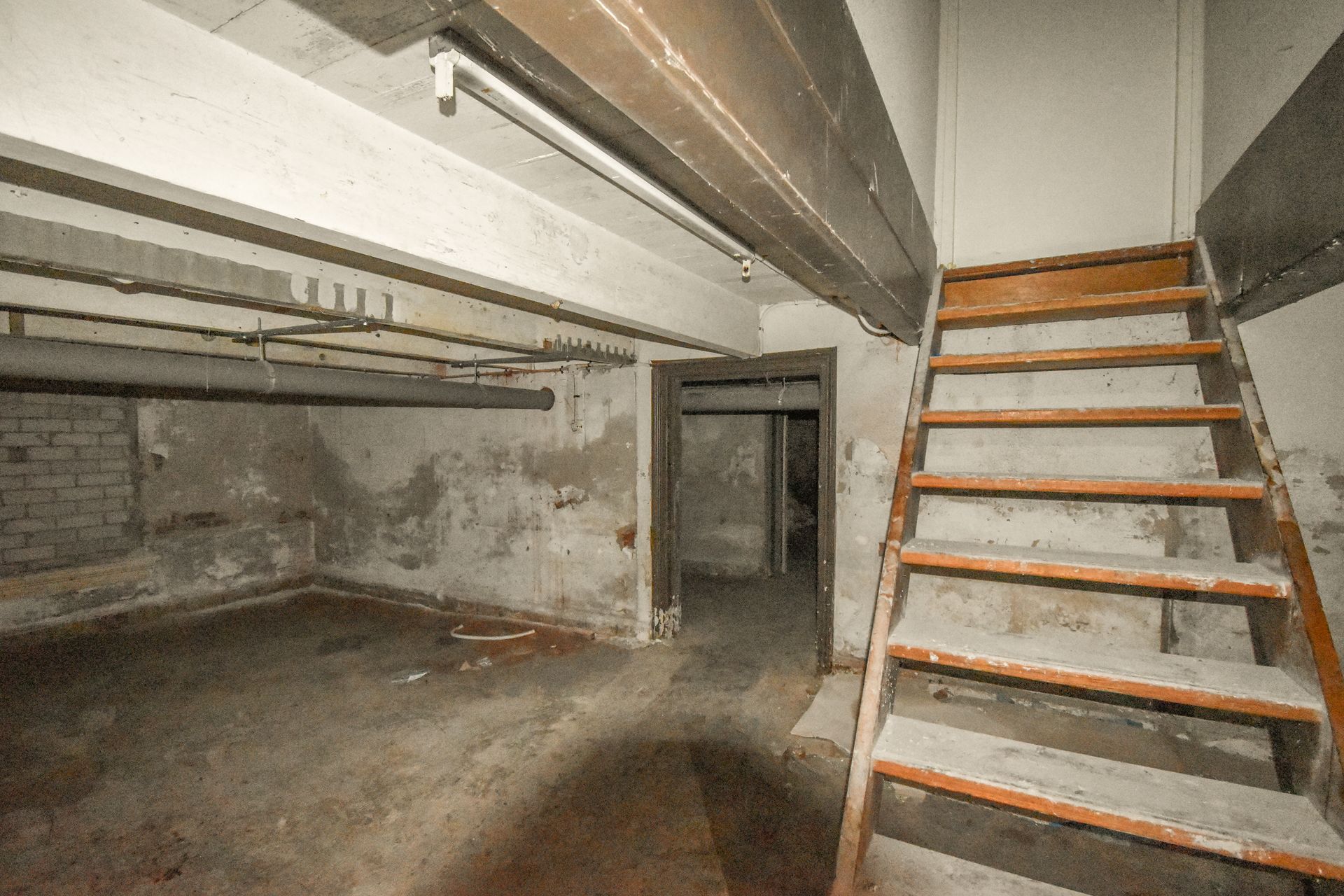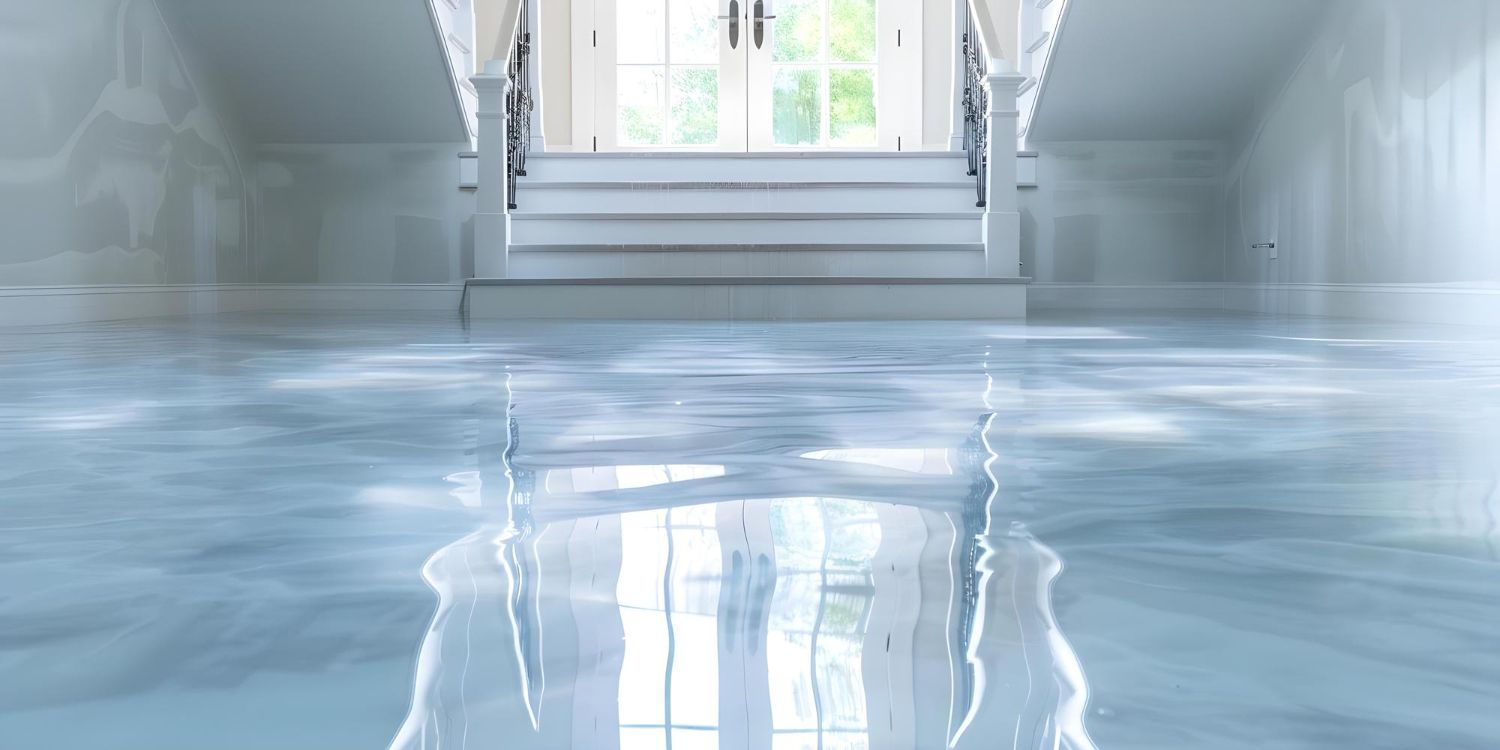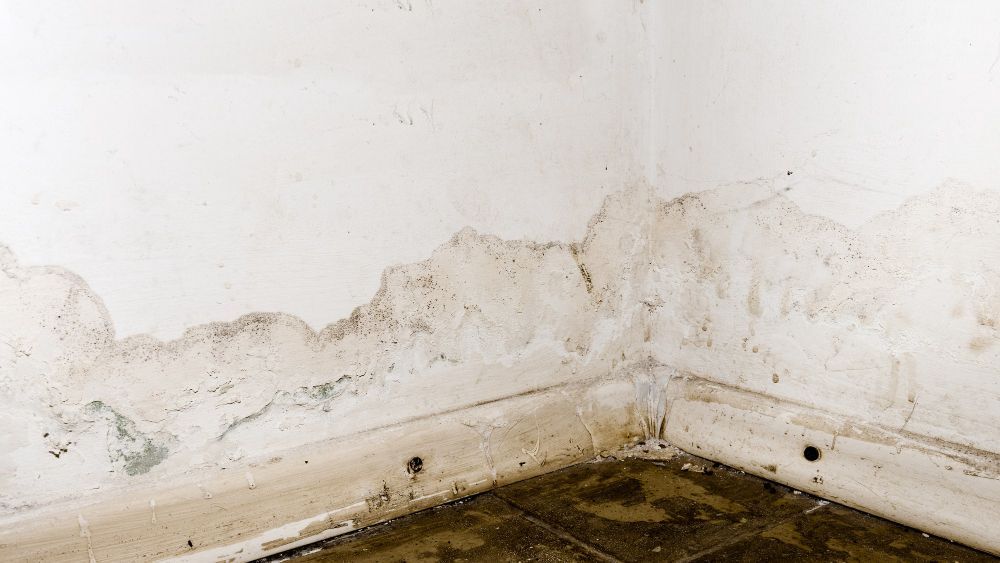Restoring After Storm Damage
Restoring After Storm Damage- Eldersburg, MD
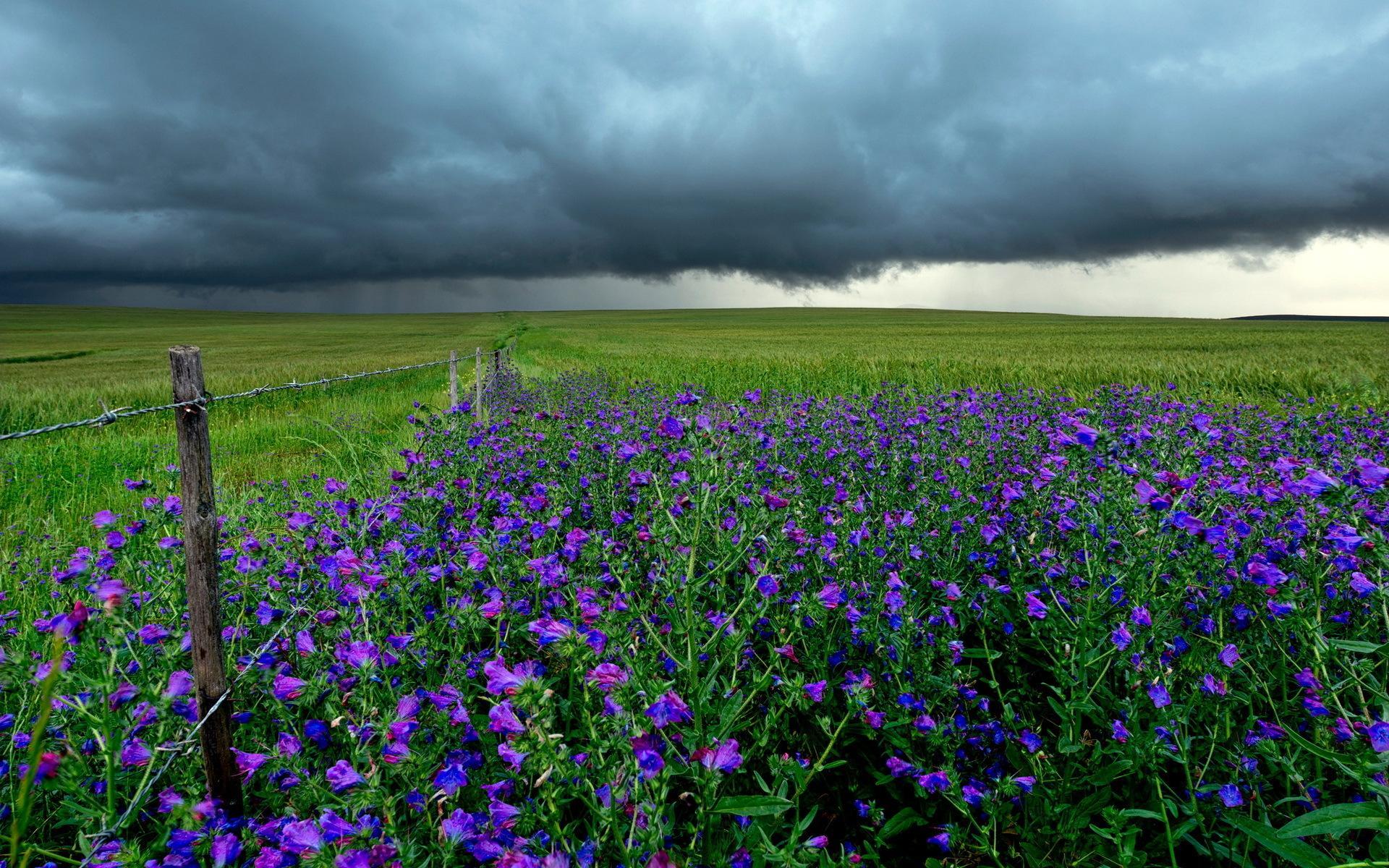
"April showers" can be much more than just a light drizzle. Spring weather can include a wide range of weather activities, including severe storms with high winds that can cause significant damage. Alternatively, heavy rainfall can cause over-the-ground flooding as well as flooding from streams and rivers.
As a result, severe spring weather can result in costly storm damage repair. So, once the storm has passed, it's critical to know what to do and what not to do. If you've suffered storm damage of any size, make sure to follow these important storm damage restoration tips.
Insurance
- Take pictures of the damage and send them to your insurance company as soon as possible.
- Homeowners' insurance typically covers unexpected, unintentional damage.
- Assume there was a thunderstorm with strong winds, and your roof was damaged and is now leaking. Alternatively, a tree falls on your house and damages the roof. In these cases, your homeowner's insurance will usually cover the costs.
- Windstorm and hail exclusions may apply to some homeowner policies. That means that damage caused by those perils will not be covered by your policy. Read your policy or speak with your agent to learn about any exclusions in your coverage.
- Flooding caused by natural disasters is also not typically covered. You will need separate flood insurance for this, which you can obtain from The National Flood Insurance Program.
Restoring your home after storm damage
First and foremost, consider your own safety when inspecting the house for damage. Keep an eye out for downed power lines, electrically charged standing water, and wild animals.
Plumbing
- Examine the pipes both inside and outside your property (i.e., irrigation systems).
- Turn off the water supply to the toilets and sinks. Turn off all water to your home if necessary.
- If sewage is backing up in the shower or under the toilet, it is possible that your main sewer line is clogged or broken. Don't aggravate the situation by using other sinks or toilets. Call a professional for assistance.
Roofing
- Check your roof for missing shingles, but don't risk your life by climbing onto it, even if only a few shingles are missing.
- Contact a licensed contractor. They have the necessary expertise, tools, and equipment to complete the task safely and correctly in accordance with a storm damage repair strategy.
- Allow them to do a temporary "repair" to prevent rain from falling until a permanent solution can be arranged.
Electrical
- Before using water-damaged appliances, disconnect them from their power source and service them.
- Check for frayed wires and keep an eye out for sparks.
- Call an electrician if you notice structural damage or exposed wiring.
- Keep the power off since there is a risk of electrocution if you turn it on yourself.
- Although exterior breaker boxes are usually rain-tight, they may not endure a heavy storm. Call an electrician before turning on the electricity if you fear water has invaded the box.
- Metal fences should be avoided. They could be carrying a charge from downed or dangling power wires.
- Turn off the electricity and contact the utility company if a limb or tree has fallen on a power line near your home. Do not try to cut or clear fallen trees close to power lines yourself.
Flooding
- The best plan for flooding concerns is to contact a professional restoration firm. To cope with flooding damage, we have the essential tools, skilled professionals, and knowledge.
- If you opt to perform it yourself, wear safety equipment such as boots, gloves, eye protection, and a respirator.
- Remove any standing water to help limit the damage:
- Use a pump or a squeegee to remove any standing water.
- Only use a vacuum if it is a real wet-dry vacuum.
- Remove all absorbent materials that have been polluted by floodwater (carpeting, carpet padding, furniture, drapes, etc.).
- To dry out the area, use air movers and dehumidifiers.
- If floodwaters have drowned medicines, cosmetics, and groceries, including canned goods, throw them away.
- To avoid mold, look for hidden moisture beneath the wallboards and remove any damaged sections.
- Floors and cabinets should be cleaned with detergent and disinfected using a disinfectant from the grocery or hardware shop.
- Remember to keep a photographic (or video) inventory of everything you need to get rid of.
For Professional Storm Damage Restoration Services, contact Restoration 1 of Central Maryland.
Regardless matter the circumstances — storm or flood damage, fire, smoke, or mold – call Restoration 1 of Central Maryland. Our storm damage repair specialists are ready to return the property to its pre-loss condition. They are well-trained and use cutting-edge technology. We can help you determine the full extent of the damage and execute services in compliance with industry standards and best practices.

